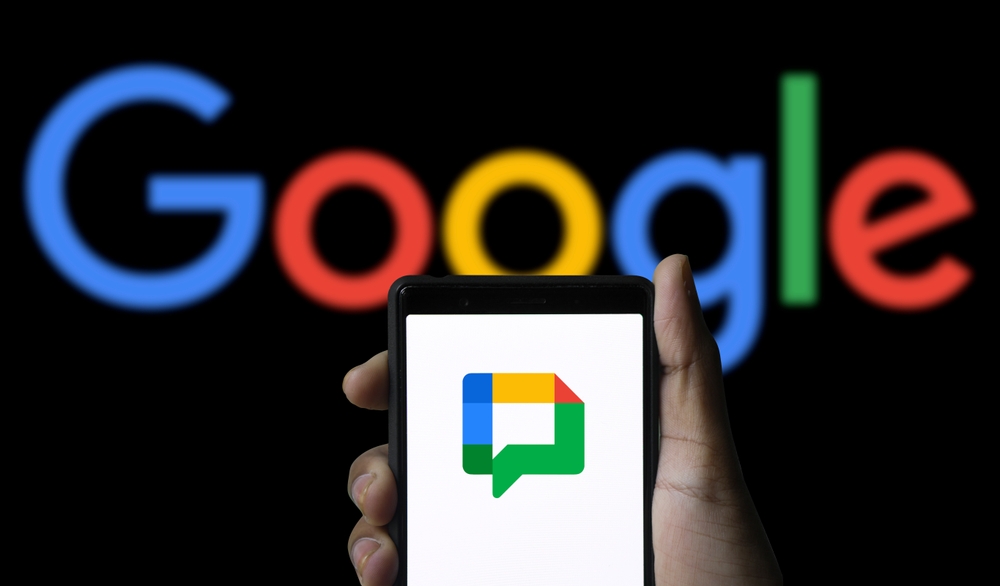Google’s NotebookLM, an AI-driven writing tool released by Google Labs in 2023, is stepping up its game with a new customization feature for its viral AI podcast function. Having gained momentum since September for generating audio “deep dives” from user-uploaded documents, NotebookLM has now added a tool that allows users to customize their AI podcasts to better fit their preferences. I had the chance to try out this new feature using Franz Kafka’s The Metamorphosis as source material, and I discovered that while the platform isn’t perfect, it holds exciting potential for personalized podcast creation.
The Evolution of NotebookLM’s AI Podcasts
NotebookLM, which initially launched as an experimental tool, has found renewed popularity thanks to its AI podcast feature. This function allows users to upload documents and generate podcast-like conversations between two AI voices—one male-sounding and one female-sounding. While the feature is useful for educational purposes, it quickly became a viral sensation for producing quirky or offbeat discussions, with users feeding it unconventional source material like personal documents or social media profiles.
Raiza Martin, head of the NotebookLM team at Google Labs, says the new customization option was introduced in response to user demand. “It’s the number one feature we’ve heard people request,” Martin said. “They want to provide a little bit of feedback as to what the deep dive focuses on.” This update also comes as the platform drops its “experimental” tag, signaling its growing stability and Google’s commitment to keeping it alive beyond the “Google graveyard” of abandoned projects.
Customizing AI Podcasts: How It Works
Creating an AI podcast using NotebookLM is simple. After opening the Google Labs website and starting a New Notebook, users can upload source documents—anything from PDFs to YouTube links. The platform now provides an option to customize the generated podcast by allowing users to add a prompt, suggesting specific topics or themes to highlight.
For example, users can indicate sections of the source material they want emphasized, topics they want explored in more detail, or specify an audience to tailor the podcast toward. Martin recommends generating a first “Audio Overview” without customization to get a baseline understanding of how the AI processes the content. From there, users can make notes about additional topics or questions they’d like to explore and regenerate the podcast using their custom prompts.







